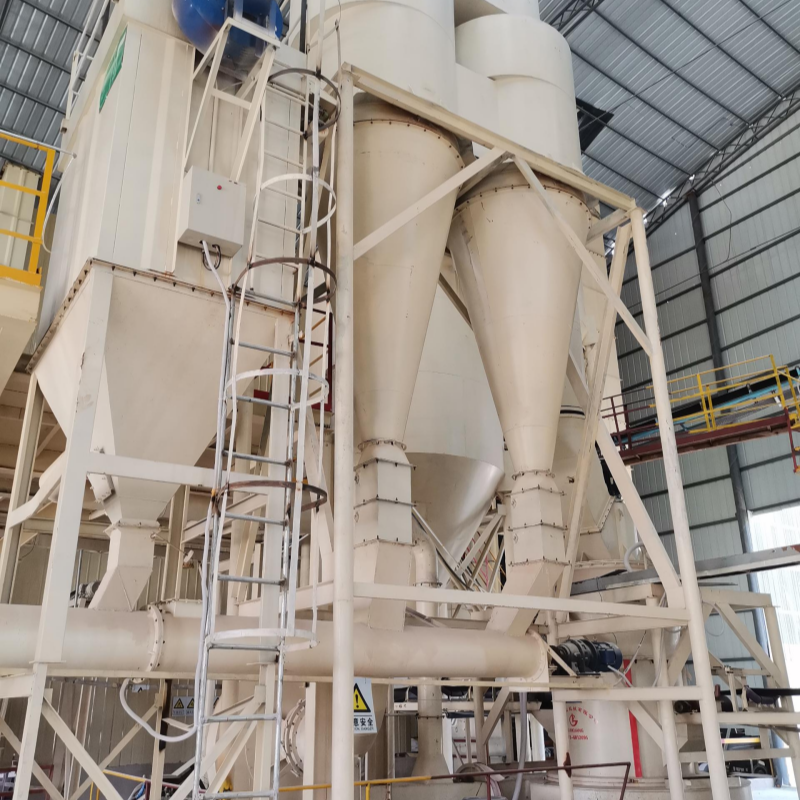How a Calcium Hydroxide Production Line Works | Step-by-Step Guide


Calcium hydroxide production lines are specialized systems designed for the manufacturing of calcium hydroxide products. The production process generally consists of the following key stages:
Raw Material Preparation
The primary raw materials used in the production of calcium hydroxide include limestone, coal, and calcium carbonate. Limestone serves as the main component, and its quality significantly influences both the final product’s quality and yield. Therefore, it is essential to select limestone with minimal impurities, high purity, and a high calcium carbonate content. Additionally, the quantity and proportion of raw materials should be determined based on production capacity and process specifications.
Crushing and Grinding
Crushing involves breaking down large limestone chunks into smaller pieces to facilitate the subsequent grinding process. Grinding further reduces the crushed limestone into fine powder, which enhances the efficiency of chemical reactions. During this stage, suitable crushers and mills should be selected, and the particle size and shape must be carefully controlled to ensure optimal conditions for the following reaction stages.
Digestion and Desulfurization
Digestion refers to the chemical conversion of calcium carbonate into calcium hydroxide, typically carried out in a digestion tank. During this process, critical parameters such as temperature, pressure, and reaction time must be precisely controlled to ensure complete reaction. Desulfurization aims to remove sulfur-containing impurities from the raw materials to enhance the purity and overall quality of the final product. Various desulfurization techniques are available, and the most appropriate method can be selected based on specific production conditions.
Dehydration and Drying
Dehydration involves removing water content from the calcium hydroxide slurry to obtain a solid product. Drying follows dehydration and is conducted to eliminate residual moisture and volatile substances. Several dehydration and drying methods exist, and the most suitable technique should be selected based on operational requirements.
Screening and Packaging
Screening separates the dried calcium hydroxide into different particle sizes to meet various product specifications. Packaging involves preparing the final product for transportation and sale. During packaging, it is important to ensure the quality of packaging materials and accurately control the net weight to maintain product integrity and satisfy customer requirements.
The above steps constitute the core production process of a calcium hydroxide production line. Each stage plays a distinct role and must be executed in accordance with technical specifications. In practical operations, strict process control and regular equipment maintenance are essential to ensure consistent product quality, high yield, and the long-term reliability of the production system.


